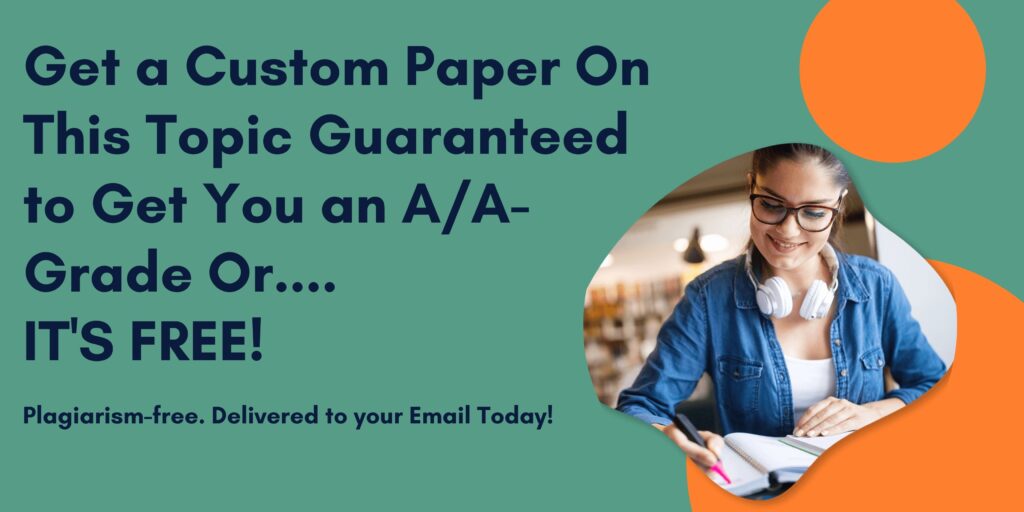INTRODUCTORY PARAGRAPHS
The introduction is the first paragraph of an essay and should be fairly brief – as a general rule, it should not exceed 15% of your total word count.
A good introduction to an academic essay should indicate why and in what way the topic is important and highlight any differences of opinion about the topic within the academic community. In other words, it should justify why you have spent your time exploring this issue in your essay and why others should spend time reading what you have to say about it.
Your introduction should also describe the purpose of the assignment and explain how you are planning to structure it. Finally, and most importantly a good introduction should clearly and explicitly state your position on the issue in question and thus give the answer to the essay question
Academic introductions are usually made up of three parts. They start with a background section and move on to a scope and thesis statement.
The ‘background’ section of the introduction gives your readers the information needed to understand your work and put it in a wider context. This could involve providing definitions of key terms, a very brief historical background and/or a general context to the matter discussed. Having read this part of your essay, your readers should understand why and in what way the topic is important and, thus, why they should continue reading your work.
Scope is sometimes referred to as an outline or a road map. This part of the introduction outlines what you are going to do in your essay and how you’re going to do it.
A thesis statement is only present in judgemental essay, or essays that require you to take position or pass judgement on a given issue. Purely descriptive essays, focused on reporting only, will not have thesis statements in their introductory paragraphs. In simple terms, thesis statement is your answer to the essay question.
A good thesis statement should:
be a complete sentence – not a question
focus on a specific, narrow aspect of the topic
not be obvious
be defended by reason rather than by emotion.
MAIN BODY PARAGRAPHS
On a micro scale, the ‘rule of three’ is reflected in the construction of a main body paragraph around the point-evidence-explanation-link model, or: topic sentence-supporting sentences-concluding sentence main paragraph model.
Main body paragraphs are the ‘heart’ of your essay. This is where you present your arguments and give evidence supporting your answer to the essay question. Without them, your essay lacks substance and is unlikely to convince anyone to accept the position you wish the readers to accept.
Academic paragraphs are made up of 3 main components: a topic sentence, several supporting sentences and a concluding sentence.
Topic sentence
Each main body paragraph in an academic essay should start with a topic sentence which clearly states the main point of the paragraph. Usually this is the first sentence in the paragraph but can sometimes also be the second , with the first being something that links the new paragraph to the previous one.
Most topic sentences are made up of three parts: a discourse marker, a topic phrase and a controlling idea.
A discourse marker is a word, phrase or a clause linking the paragraph to the points made in the previous sections of the essay. This is an optional but highly recommended element of a topic sentence and comes particularly handy in longer pieces of writing where readers may need a bit more guidance to navigate the complex argument put forward in the main body of the essay.
A topic phrase is a phrase that refers to the essay instructions and links the paragraph clearly and explicitly to the essay question. It may not be always immediately obvious to the reader as it tends to be integrated into the controlling idea.
A controlling idea is possibly the most important part of a topic sentence. A controlling idea is a phrase or a clause that previews the content of the paragraph to follow. It should give your readers a good idea of what you’re going to talk about in the paragraph.
A good topic sentence:
must be a complete sentence (it should not be replaced by a heading or a subheading)
should not be too general.
should not be too specific.
Supporting sentences
Supporting sentences, as the name suggests, provide support for the controlling idea set out in the topic sentence. In other words, the role of the supporting sentences is to persuade your readers to accept the controlling idea as true. Supporting sentences must provide evidence to back the main point up.
The support for the controlling idea can be provided in a variety of ways – supporting sentences can describe and explain the issue at hand, they can give reasons and arguments in support of the controlling idea, provide facts, statistics and relevant examples or give the necessary backing in the form of expert opinion through summaries, paraphrases or direct quotations.
Your supporting sentences, especially in longer essays, should not only report but also comment on the evidence, and explain, analyse and evaluate it, showing clearly how it relates to the essay question and how it supports your position. In shorter essays, especially those written in exam conditions, this analysis and evaluation may, however, be moved to concluding sentences.
All your academic work must be evidence-based. This means your supporting sentences should be based on academically acceptable evidence taken from credible sources and properly referenced within the text and in the reference list.
All supporting sentences must be clearly relevant to the controlling idea of the topic sentence and the essay question in general.
Concluding sentences
Concluding sentences draw together the information you have presented in the paragraph and may link the current paragraph to the following one.
Concluding sentences generally serve one of the following three purposes:
They may draw together the information you have presented in your supporting sentences.
They may draw together the information you have presented in your supporting sentences.
They may draw together the information you have presented in your supporting.
CONCLUDING PARAGRAPHS
Your concluding paragraph should provide closure to your argument and show the reader that you have answered the question and responded to the criteria and learning outcomes set out in the assignment brief. It reminds the readers of the arguments that helped you arrive at your thesis statement and draws important threads of argumentation together .
In other words, a good conclusion brings everything together and helps the readers see clearly all the things that they know now, after reading your work, that they did not know before.
Good conclusions are usually organised in a reverse triangle and move from the specific to the general. You would usually start with the restatement of your position and then proceed to summarise the main points you’ve put forward in the body of your work to support and defend this position. A good conclusion would usually end with some broad statements, offering the readers food for thought. These statements may include a final evaluation, some predictions for the future, a call for action or research recommendations
Concluding paragraphs should
NOT include new information or information from a source that you have not mentioned before.
NOT include personal statements like ‘I think that…’. Instead, keep it impersonal: ‘The evidence seems to suggest that…’ or ‘Steger’s (2010) argument is perhaps the strongest because…’
NOT exceed more than 10% of your essay count.
NOT repeat the exact words of any other part
2
use harvard style referencing
and for each area of question you need to have one body paragraph
INTRODUCTORY PARAGRAPHS The introduction is the first paragraph of an essay and
Struggling With a Similar Paper? Get Reliable Help Now.
Delivered on time. Plagiarism-free. Good Grades.
What is this?
It’s a homework service designed by a team of 23 writers based in Carlsbad, CA with one specific goal – to help students just like you complete their assignments on time and get good grades!
Why do you do it?
Because getting a degree is hard these days! With many students being forced to juggle between demanding careers, family life and a rigorous academic schedule. Having a helping hand from time to time goes a long way in making sure you get to the finish line with your sanity intact!
How does it work?
You have an assignment you need help with. Instead of struggling on this alone, you give us your assignment instructions, we select a team of 2 writers to work on your paper, after it’s done we send it to you via email.
What kind of writer will work on my paper?
Our support team will assign your paper to a team of 2 writers with a background in your degree – For example, if you have a nursing paper we will select a team with a nursing background. The main writer will handle the research and writing part while the second writer will proof the paper for grammar, formatting & referencing mistakes if any.
Our team is comprised of native English speakers working exclusively from the United States.
Will the paper be original?
Yes! It will be just as if you wrote the paper yourself! Completely original, written from your scratch following your specific instructions.
Is it free?
No, it’s a paid service. You pay for someone to work on your assignment for you.
Is it legit? Can I trust you?
Completely legit, backed by an iron-clad money back guarantee. We’ve been doing this since 2007 – helping students like you get through college.
Will you deliver it on time?
Absolutely! We understand you have a really tight deadline and you need this delivered a few hours before your deadline so you can look at it before turning it in.
Can you get me a good grade? It’s my final project and I need a good grade.
Yes! We only pick projects where we are sure we’ll deliver good grades.
What do you need to get started on my paper?
* The full assignment instructions as they appear on your school account.
* If a Grading Rubric is present, make sure to attach it.
* Include any special announcements or emails you might have gotten from your Professor pertaining to this assignment.
* Any templates or additional files required to complete the assignment.
How do I place an order?
You can do so through our custom order page here or you can talk to our live chat team and they’ll guide you on how to do this.
How will I receive my paper?
We will send it to your email. Please make sure to provide us with your best email – we’ll be using this to communicate to you throughout the whole process.
Getting Your Paper Today is as Simple as ABC
No more missed deadlines! No more late points deductions!
You give us your assignments instructions via email or through our order page.
Our support team selects a qualified writing team of 2 writers for you.
In under 5 minutes after you place your order, research & writing begins.
Complete paper is delivered to your email before your deadline is up.
Want A Good Grade?
Get a professional writer who has worked on a similar assignment to do this paper for you


